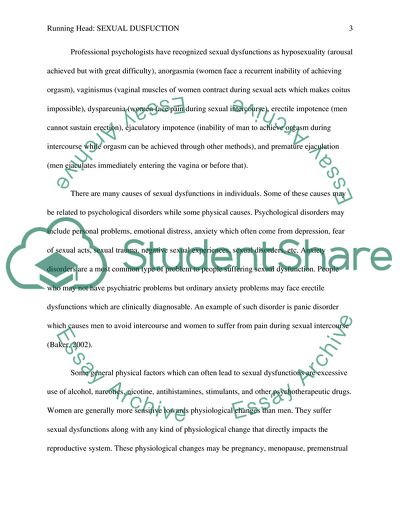Cite this document
(Neuropsychological Disorder: Sexual Dysfunction Coursework Example | Topics and Well Written Essays - 2500 words, n.d.)
Neuropsychological Disorder: Sexual Dysfunction Coursework Example | Topics and Well Written Essays - 2500 words. https://studentshare.org/psychology/1809459-neuropsychological-disorder-sexual-dysfunction
Neuropsychological Disorder: Sexual Dysfunction Coursework Example | Topics and Well Written Essays - 2500 words. https://studentshare.org/psychology/1809459-neuropsychological-disorder-sexual-dysfunction
(Neuropsychological Disorder: Sexual Dysfunction Coursework Example | Topics and Well Written Essays - 2500 Words)
Neuropsychological Disorder: Sexual Dysfunction Coursework Example | Topics and Well Written Essays - 2500 Words. https://studentshare.org/psychology/1809459-neuropsychological-disorder-sexual-dysfunction.
Neuropsychological Disorder: Sexual Dysfunction Coursework Example | Topics and Well Written Essays - 2500 Words. https://studentshare.org/psychology/1809459-neuropsychological-disorder-sexual-dysfunction.
“Neuropsychological Disorder: Sexual Dysfunction Coursework Example | Topics and Well Written Essays - 2500 Words”. https://studentshare.org/psychology/1809459-neuropsychological-disorder-sexual-dysfunction.


